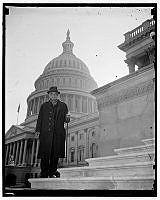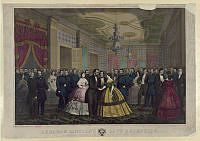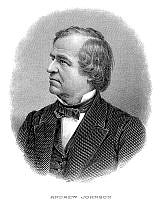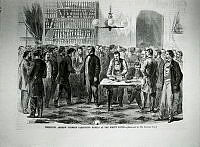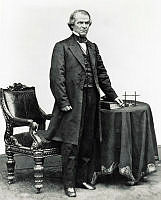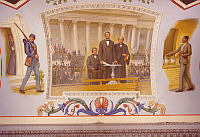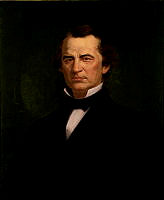President Andrew Johnson Pardoning Rebels at the White House, White House Collection
This wood engraving was published in "Harper's Weekly" of President Andrew Johnson pardoning former Confederates at the White House. Johnson's decision to pardon Confederate rebels came in May 1865, shortly before his plan for Reconstruction policies in the United States. While there were exemptions to the proclamation, these pardons were generally for any Confederates who had not held office during the war, had not ascended above the rank of colonel in the army or lieutenant in the navy, and owned less than $20,000 worth of property. This policy upset many Republicans who believed that Johnson was far too lenient on the South for its rebellion against the federal government.
